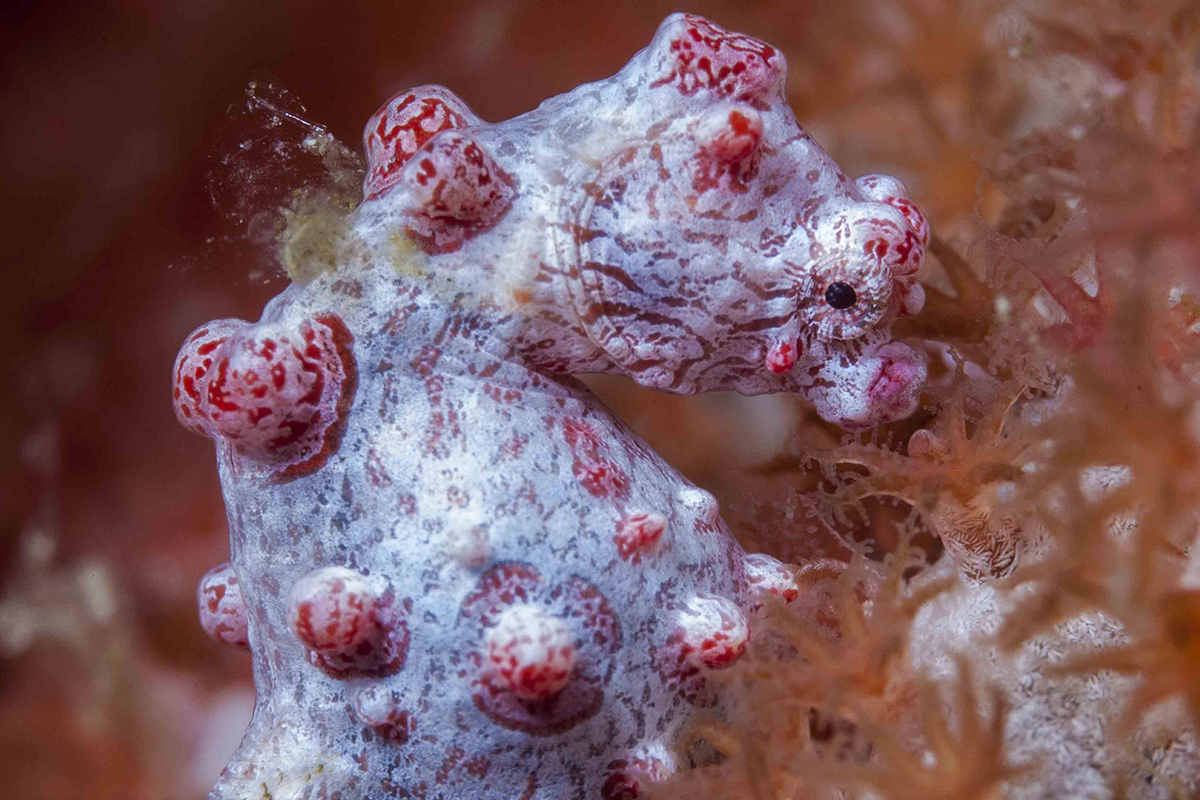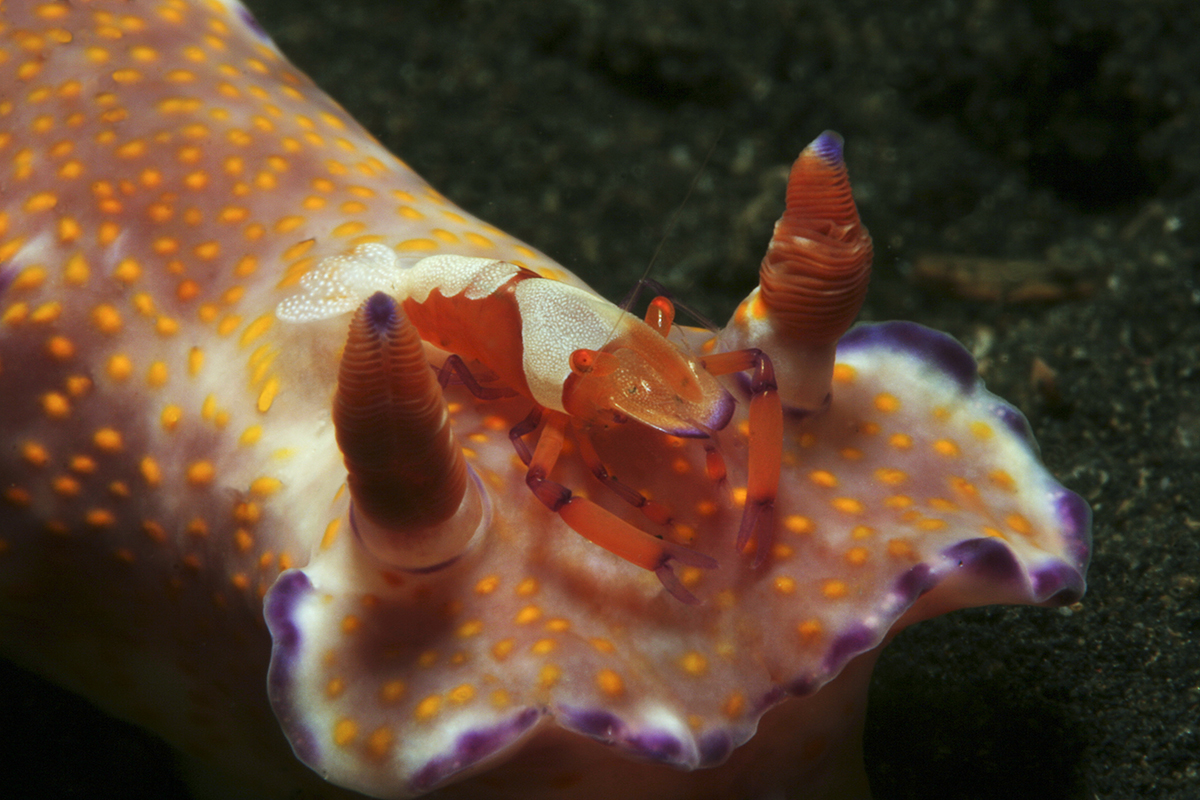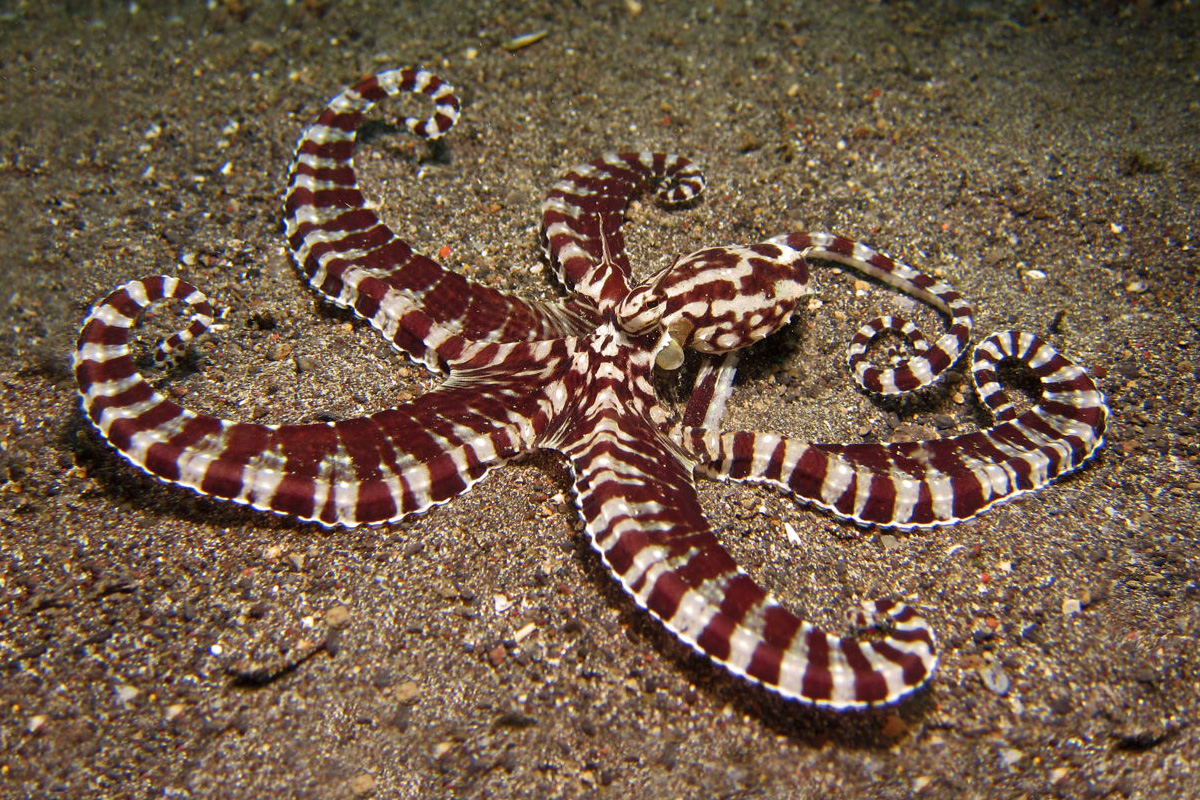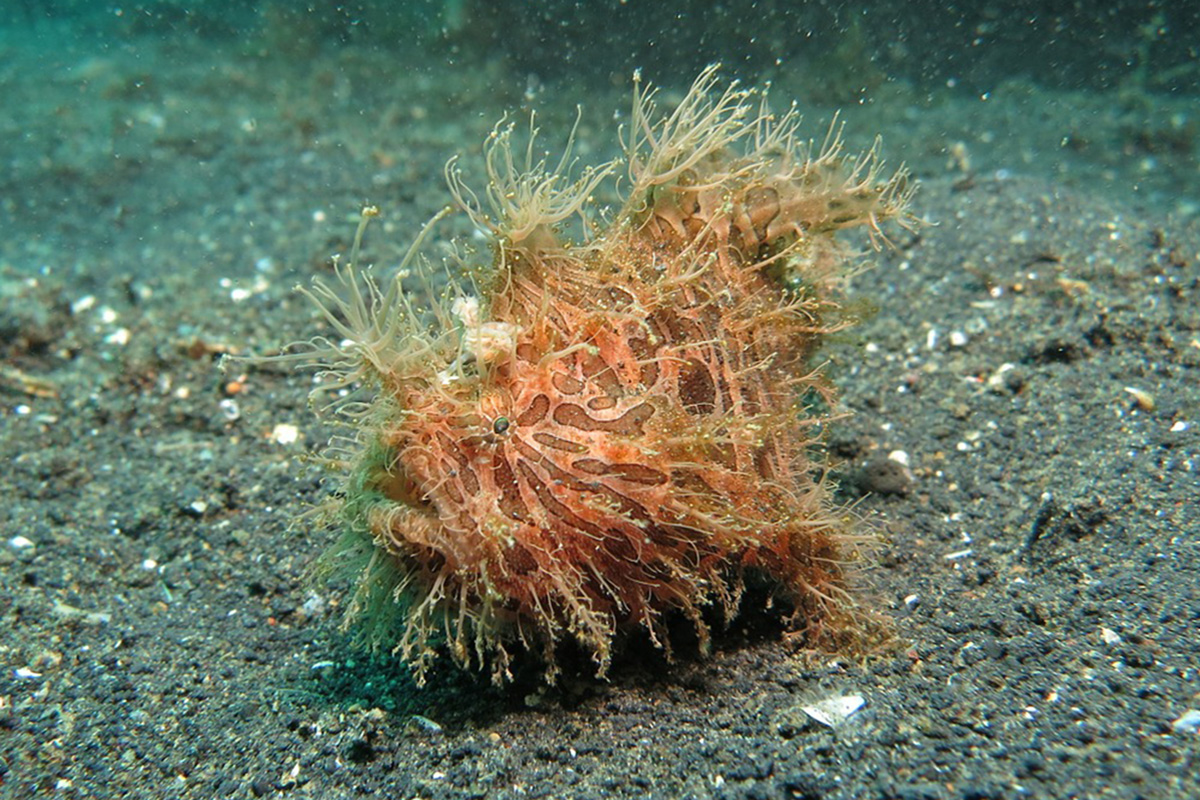Muck Diving in Bali Explained
Muck diving is a type of scuba diving that involves exploring muddy or sediment-rich environments, typically found in shallow coastal areas or areas with volcanic activity. Unlike traditional reef diving, which focuses on exploring colorful coral reefs, muck diving takes place in areas with seemingly unappealing or barren seabeds. However, beneath the surface lies a hidden world of unique marine life and fascinating creatures. There is some great muck diving in East Bali that you may want to check out after finding out more about it.
Why ‘Muck Diving’?
The term “muck diving” originated in the diving community in the 1990s when divers began exploring these seemingly unremarkable areas and discovered an abundance of unusual and often rare marine species. The muddy or silty substrate provides an ideal environment for a variety of creatures to camouflage themselves, leading to incredible biodiversity.
During a muck dive, divers search for small and cryptic creatures such as seahorses, frogfish, pipefish, octopuses, nudibranchs, and various types of crustaceans. The dive sites often lack the vibrant coral reefs commonly associated with tropical diving, but they offer an opportunity to observe unusual marine life that may not be found in other ecosystems.
Who is Muck Diving For?
Muck diving is popular among underwater photographers and macro enthusiasts who are interested in capturing unique and often elusive critters. It requires good buoyancy control and careful movement to avoid stirring up the sediment and reducing visibility.
It also takes patience and sharp eyes, so some beginners may not know what they are looking for. Good guides can help with this though.
Great Muck Diving Locations
Several dive destinations around the world are renowned for their muck diving sites, including Lembeh Strait in Indonesia, Anilao in the Philippines, Ambon in Indonesia, Dauin in the Philippines, and Padang Bai in Bali, Indonesia. These locations have gained popularity among divers seeking out the peculiar and fascinating marine life that thrives in muck environments.
If you are staying in Candidasa, great muck diving is just around the corner in Padang Bai. The black volcanic sand found in this region provides an ideal habitat for a range of cryptic creatures that are well-camouflaged against the dark substrate.
Some of the commonly encountered marine species during muck dives in Padang Bai include various species of frogfish, seahorses, nudibranchs, shrimps, crabs, pipefish, and octopuses.. These elusive and often peculiar creatures are sought after by underwater photographers and macro enthusiasts looking to capture unique shots.
Some of the popular muck diving sites in and around Padang Bai include Blue Lagoon, Bias Tugal, and the Jetty. These sites are accessible by boat and offer opportunities for divers of different experience levels to explore the muck diving environment.
Muck diving provides an exciting and different perspective on the underwater world, showcasing the diversity and adaptability of marine organisms in seemingly inhospitable environments. It may not be for everyone but it’s definitely worth a try. You never know what you might find!
Do you enjoy muck diving? We always love to hear about your experiences, so leave us a comment in the box below.




